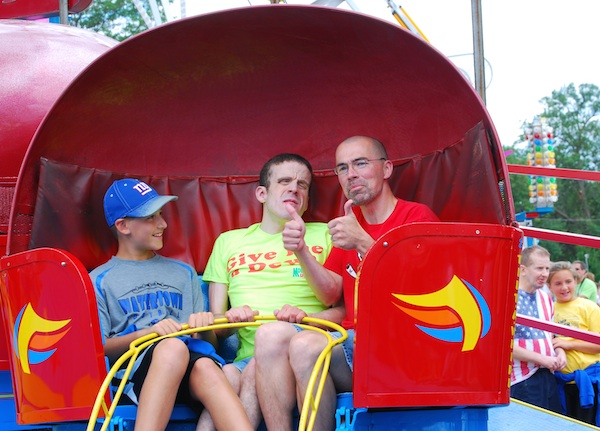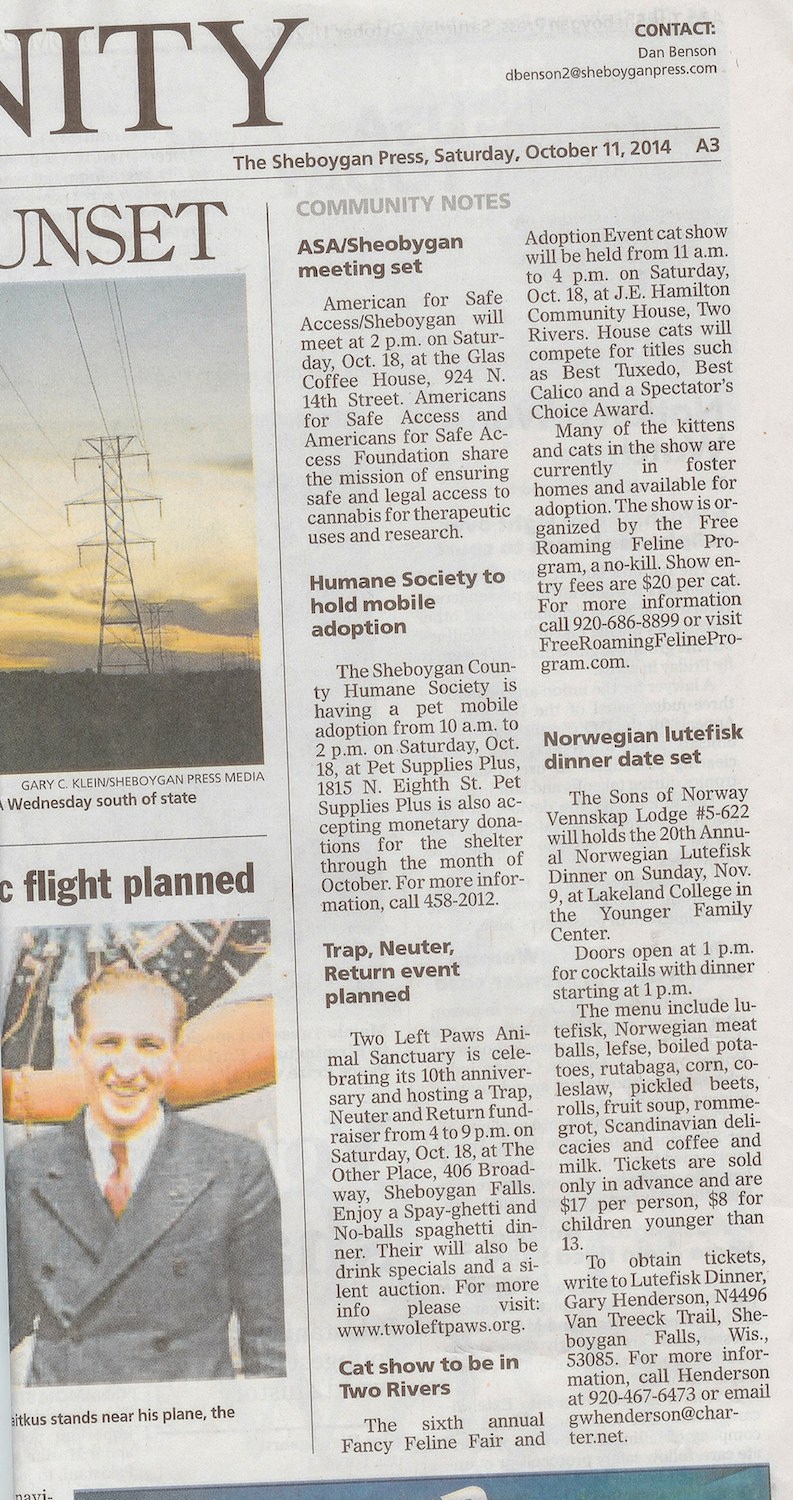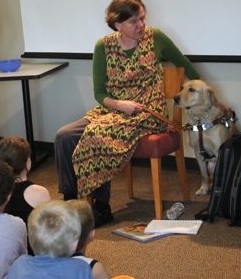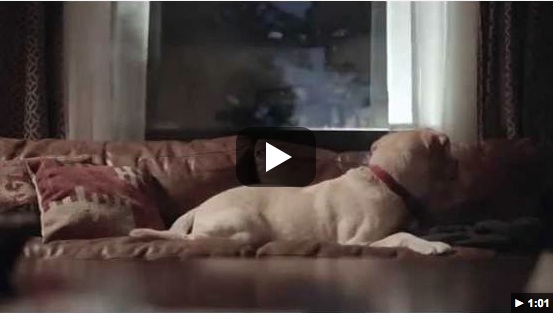Mondays with Mike: Handle with care
October 20, 2014 • 8 Comments • Posted in Mike Knezovich, Mondays with Mike, parenting a child with special needs, politics, UncategorizedWe were back in Wisconsin again this past Saturday, this time to visit our son Gus, and for me, to attend a meeting of the Bethesda Parent Guardian League. The League is exactly as its name implies — parents and guardians of developmentally disabled people served by Bethesda Lutheran Communities. I’ve been on the board of the League for about 10 years now.
The League’s members meet regularly to get updates from Bethesda Staff and present our concerns about how our people our doing. Maybe most important: we get to share company with people who know. Know what it’s like to have children and siblings and loved ones who have developmental –and typically also physical — disabilities. We don’t have to explain fundamental things to one another. We can look into each others’ eyes sometimes and just nod. It’s kind of priceless.
For the past 10 years or so, Bethesda has been negotiating and navigating the community placement movement. In short, there has been a national effort toward downsizing and eliminating large, standalone institutions in favor of group homes in community settings. Bethesda’s campus once was the home for hundreds of residents. I can’t recall precisely how many were living there when Gus moved there in 2002, but I think it was around 175. It’s been shrinking — by state mandate — ever since.
Gus moved into his little home with three other guys only a couple years after he moved to Bethesda. When Bethesda staff first presented us with what was then an option to move from the main campus — where he lived in the equivalent of a small dormitory in his own room — we were deeply conflicted. He’d settled in well on campus and we cringed at his having to make another big transition. But it appeared to us to be inevitable, and this was a pretty ideal situation, so we went forward. Gus has done extremely well — for that, and especially for the folks who care for him, we are immeasurably grateful.

Bobby Ladwig — a former staff member at Gus’ house — took Gus and other residents to the local carnival last year. That’s Bobby’s son on the left.
Right now, the few residents remaining at the building on campus are there largely because they have more demanding medical issues than others like Gus. Their parents and guardians have been reluctant to make the change, something those of us — even we who have seen the group home option work for a wide variety of people — completely understand. But because of state mandate, it is no longer a choice. The campus has to be empty by next year, everyone needs to be in community placements, and Bethesda has been furiously acquiring lots, building homes, or finding alternate placements with other providers.
On one hand, everyone in the Parent Guardian League feels and expresses gratitude for having the likes of Bethesda on the case. On the other, there’s frustration and fear –some of the folks who are moving have been there for decades. It’s all very stressful. So these meetings aren’t always rosy-even if they’re always, in the end, therapeutic and constructive.
A running source of stress in providing care for people with developmental disabilities is staff turnover. It’s a hard job, there’s burnout, and the pay stinks. And that was a topic of discussion Saturday. Bethesda staff outlined an ambitious new program to recruit and retain direct service professionals (DSPs). That was the good news. The bad news concerns pretty much all of us, not just those of us who worry about our developmentally disabled loved ones. Bethesda is facing what the nation is facing: An acute shortage of the folks who do the difficult, admirable, invaluable-yet-undervalued work of providing direct personal care. This NY Times blog reports that right now there are 1.3 million people on the front lines, coming to homes to help people stay in their homes, staffing places like the one where Gus lives. And according to some, we’ll need 5 million by 2020.
No one knows where they’re going to come from. Right now, they tend to be less-educated, and are disproportionately from minority and immigrant population. Lots of the funding for these people come from Medicare and Medicaid, programs under their own stress. I don’t know the specific answer to filling these jobs, but it does seem the fundamental problem is our collective values and how they’re playing out in our economics. My take is the likes of gazillions-earning Jamie Dimon of J.P. Morgan Chase could disappear tomorrow with little consequence. There’s a parade of operators behind him. Same for hedge fund managers, private equity moguls and other masters of the universe. Not so for any of the people I’ve seen care for Gus at Bethesda, for my sister during her final days in hospice care, Beth’s mom in her last weeks.
I’m not saying the financial wizards don’t provide value. I’m just saying we overvalue their contribution — by my reckoning, anyway — and we undervalue the care givers. (And a lot of other folks, but that’s another story.) By my way of thinking, this is a gigantic market distortion, and something is wrong. Not sure how to fix it. But it’s worth bearing in mind, I think, in national discussions about the health care system, Medicare, Medicaid, and even immigration.
No one gets out of this place without needing caregivers for themselves or their loved ones. So I would hope that no matter our differences in ideology, most people agree that these caregivers deserve our praise and admiration and gratitude — and a whole lot more than a fast-food wage that often comes with no benefits. I think we’re going to have to make sure that happens, for all of our sakes.




